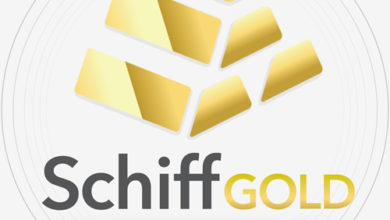Inflation in Canada Falls to 2.9% in January

Canada’s CPI drops to 2.9% in January, first time below 3% since March 2021. Core inflation still high, BoC rate cuts uncertain. CAD rises slightly, S&P/TSX dips.
Canada’s Consumer Price Index (CPI) dropped to 2.9% year-on-year in January, down from 3.4% in December 2023 and below the market expectation of 3.3%. This marked the first time that inflation stood below 3% since March 2021. The main drivers of the downswing were lower prices for fuel, food and clothing on an annual basis. Monthly, inflation was flat (0%) in January, compared to -0.3% in December and below the market estimate of 0.4%.
The average of two of the Bank of Canada’s (BOC) core measures of inflation came in at 3.35% in January, below the December gain of 3.6%. Core CPI excludes food and energy items and is considered a more reliable indicator of inflation trends than CPI.
The good news is that headline inflation is once again within the Bank of Canada’s target range of 1%-3%. Still, the BOC’s goal is to reduce inflation to the 2% midpoint of the target range. Additionally, core CPI remains above the 3% upper band of the target range, which means that it is too early to declare victory against inflation.
Canada’s inflation rate has been zigzagging, as the decline in January followed an increase in December. This means that inflation’s path is uncertain, although the January data is clearly good news for the BOC.
Forex Brokers We Recommend in Your Region
When should the BOC start to lower rates? That is no simple question. The BOC hasn’t raised interest rates since June but unlike the United States Federal Reserve, is yet to signal that rate cuts are on the table. At last month’s rate meeting, the BOC did not give any hints that it was planning to lower rates.
There are two key factors that the BOC is monitoring to determine its rate path – 1) inflation and 2) economic activity.
If the downswing in inflation becomes a trend, there will be more pressure on the BOC policymakers to start to cut rates. As well, the strength of the economy is a key consideration – if Canada’s economy continues to weaken, the BOC may have to lower rates in order to avoid a recession. Conversely, higher inflation or stronger economic data would mean that the BOC could delay any rate cuts and continue to maintain the current cash rate of 5.0%.
In the Forex market, the softer-than-expected inflation report had limited impact on the direction of the Canadian Dollar against the US Dollar which climbed by 0.2% after the release.
The benchmark Canadian index, the S&P/TSX, started the day with slight gains but has retreated and at the time of writing was down 26.3 points (0.12%) at 21,232 points.
Ready to trade our Forex daily analysis and predictions? Here are the best Canadian online brokers to start trading with.
Source link





